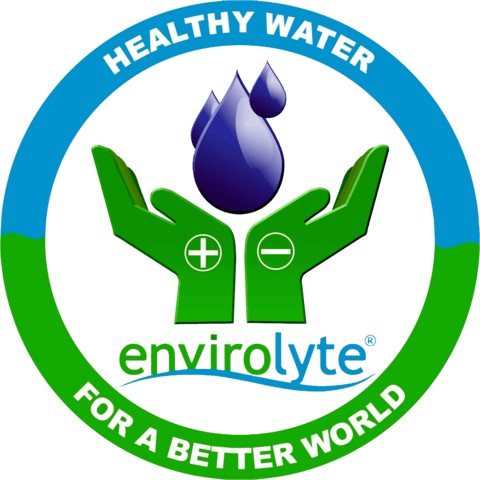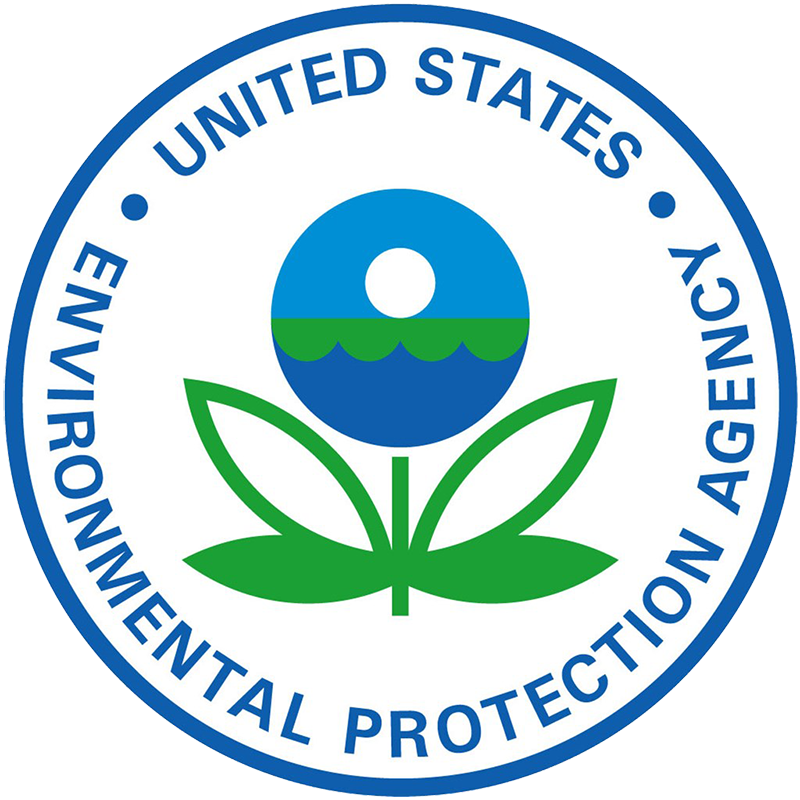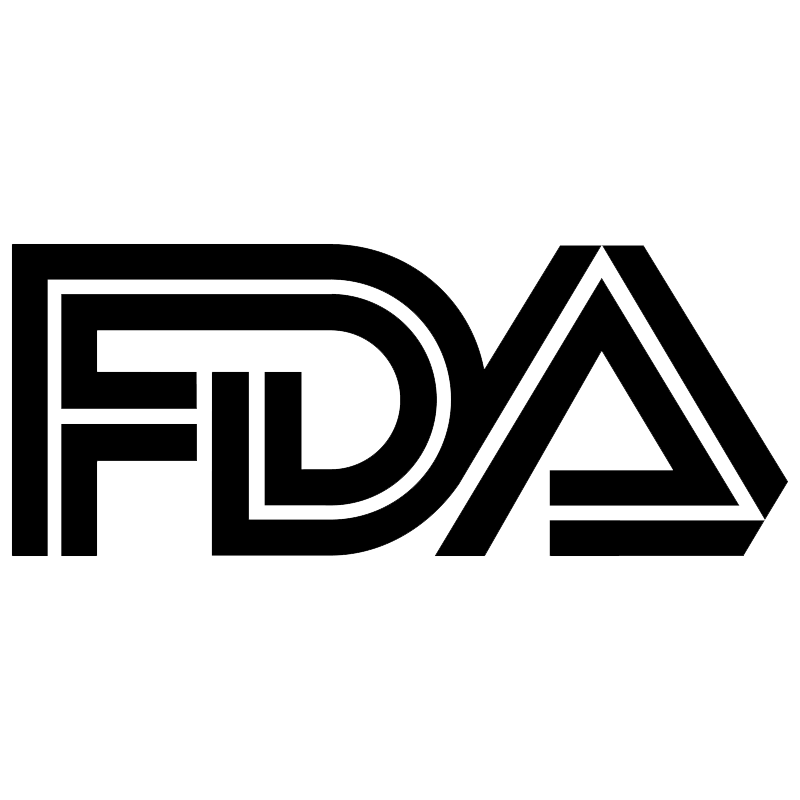Efficacy of Neutral Anolyte Biocide

Neutral Anolyte Biocide is an Organic, 100% All - Natural Compound. As a Disinfectant/Sterilant, Neutral Anolyte Biocide has greater killing power than Chlorine, Chlorinated Water, Chlorine Dioxide, Sodium Hypochlorite, Hydrogen Peroxide and Ozone. Envirolyte Neutral Anolyte Biocide has proven to be virtually 100% effective in killing any and all microbial pathogens against which it has been tested. Neutral Anolyte Biocide brackets the Neutral 7 pH range, has an Oxidation Reduction Potential [ORP] of +700 to +900 millivolts [mV] and contains 500 to 700 ppm of Free Available Chlorine.
The primary killing power in Neutral Anolyte Biocide is the Free Available Chlorine. Free Available Chlorine is chlorine that is present in the form of Hypochlorous Acid [HOCL] and Hypochlorite Ions [ClO -] or as Dissolved Elemental Chlorine that is available to react where needed.
Hypochlorous Acid [HOCL] is the primary component in Neutral Anolyte Biocide that produces the greatest killing power. While Hypochlorite Ions [ClO -] are also an active killing agent, Hypochlorous Acid [HOCL] is roughly 80 times more effective than Hypochlorite Ions in killing power, largely because HOCL has greater efficacy in penetrating microbial cells at the mitochondrial level with virtually 100% effectiveness in totally inactivating and destroying the entire cell -- membrane, body and DNA -- in preventing residual cells from mutating into a stronger form of micro - organism. HOCL should not be confused with Sodium Hypochlorite [NaOCl] which is commonly referred to as “Bleach” and is prepared by reacting diluted caustic soda solution with liquid or gaseous chlorine. Because of all the variable factors, it is impossible to state the exact Free Available Chlorine [FAC] Strength, Dosing Ratio or Contact Time that is required to kill a specific micro - organism using Envirolyte Neutral Anolyte Biocide.
In reality, the only way to determine the required FAC Strength, Dosing Ratio and Contact Time is by experimentation, since the type and concentration of microbial contamination differs from one instance to another. One of the main limiting factors is that of microbial cells mutating into an increasingly stronger organism when an antibiotic or biocide does not achieve a 100% kill rate. The advantage of Envirolyte Neutral Anolyte Biocide is the high level of Hypochlorous Acid [HOCL] content in the generation of Free Available Chlorine. The amount of Free Available Chlorine [FAC] and Contact Time are the determining factors in establishing the efficacy of Neutral Anolyte Biocide in microbial reduction. The same result can be obtained during a short contact time with a high FAC concentration, or with a lower FAC concentration over a longer contact time.
Temperature is also important since most biocides have a lower efficacy at low temperatures. The presence of proteins reduces efficacy as they interact with the Neutral Anolyte Biocide. There is a direct correlation between ORP and predictable antimicrobial activity. High ORP [+700 to +900 mV] will produce effective microbial elimination in 5 minutes or less.
The efficacy falls when the ORP is reduced. At low ORP anolyte concentrations and/or high microbial levels, antimicrobial kill rate can be increased by longer contact time. The concentration of the microorganisms, the age of the bacterial community, adherence attachment to particulate matter, and the presence of biofilms are also determining factors in the efficacy of Neutral Anolyte or other biocide.
Tags: Hypochlorous Acid Envirolyte HOCl

